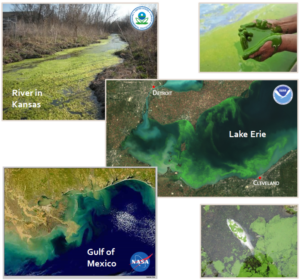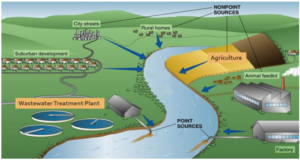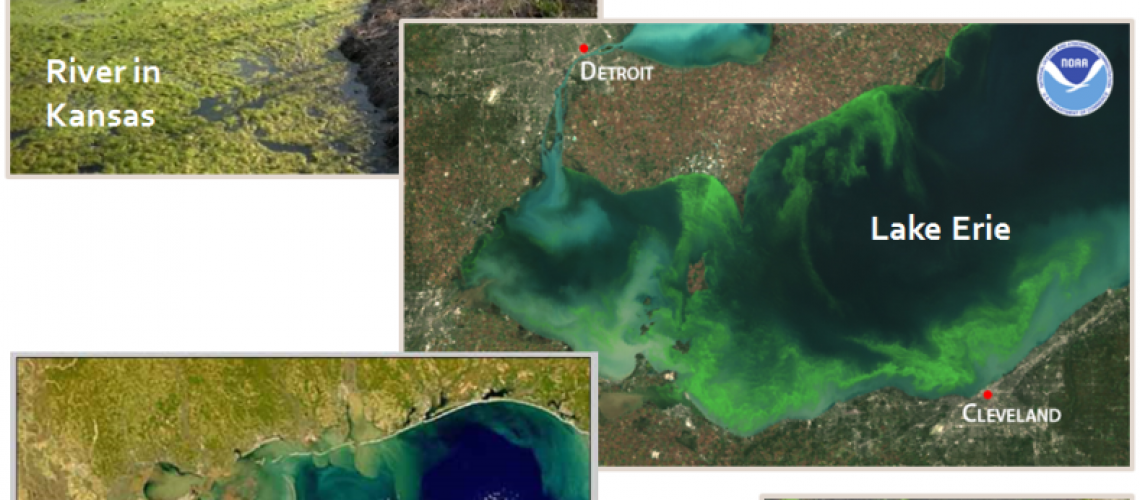By Ali Tasdighi, 2018-2019 Sustainability Leadership Fellow and Post Doctoral Fellow in the Department of Civil and Environmental Engineering
As you read this article, you may be sipping your cool, clear water thinking what pollution?! Our water resources are subject to pollution from various sources. Yes! While most Americans have access to safe drinking water, potentially harmful contaminants such as heavy metals have been found in the tap water of every single state in the nation. Surveys of the assessed water bodies in the U.S. show that about 53% of streams, 70% of lakes/reservoirs, 72% of the coastlines, and 90% of the ocean and near coastal areas are impaired with pollution. Impaired waters are unfit for various usage purposes such as drinking, recreation, and producing food. In some cases the impairment has advanced to the extent that has caused immediate health hazard to public and aquatic life.

The nature of these sources is either confined (point sources) or diffused (nonpoint sources) in space. The point sources are those that are introduced into water bodies through an identifiable confined location such as a pipe or conduit (e.g. the outlet of a wastewater treatment plant). Nonpoint sources on the other hand are much more difficult to identify or quantify as they enter water bodies in a diffused manner (e.g. agricultural fields). In a typical watershed, these sources are often commingled as they enter streams and routed through the watershed eventually ending up in lakes, reservoirs, or seas.

Since these pollution sources are often mixed when entering a water body, it is extremely difficult to quantify how much of the impairment is caused by each source. My job as an environmental hydrologist is to address this issue. I develop tools and models to identify and quantify these pollution sources within watersheds and predict how much each source is contributing to the overall pollution seen at a target water body. These models provide useful information for policy makers to decide on selecting remediation practices and targeting them to the sources that are more critical in deterioration of water quality.






